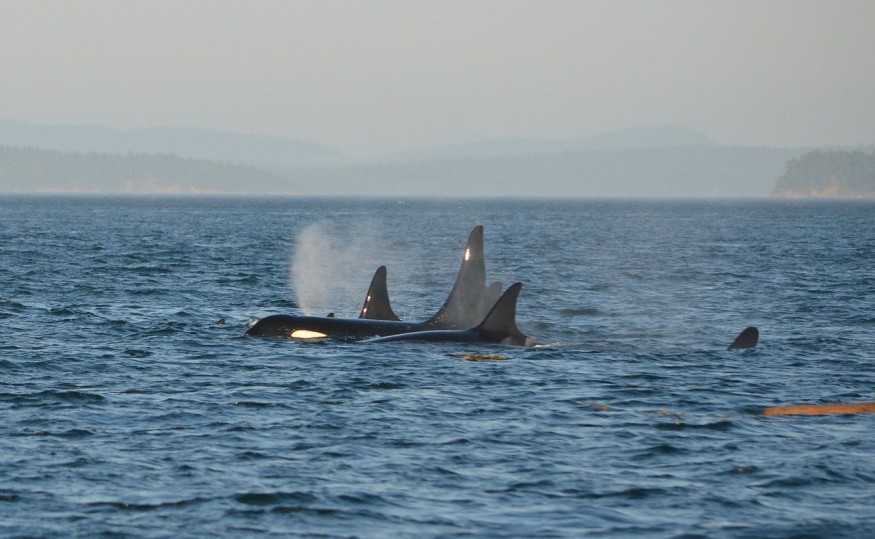
In a press release from Simon Fraser University, they reported that statistical ecologist and lecturer Ruth Joy of SFU's School of Environmental Science will lead a team of researchers on a project that will use artificial intelligence (AI) and machine learning to classify whale calls.
They will use that information in their neural network project to develop a warning device for boats passing through the British Columbia waters to help protect the endangered killer whale species from any potential; fatal ship strikes.
The press release further explained that the goal of the project is to make a system that will monitor the sounds from whales calls from a network of hydrophones every hour to detect whales and send a real-time warning to ships so that they could slow down or change their course when the whales are present.
This project is funded with $568,179 from Fisheries and Oceans Canada under the program called Oceans Protection Plan-Whale Detection and Collision Avoidance Initiative.
Teaching the Computer to Recognize Whale Calls
The researchers are working with citizen scientists and the Orcasound project to have several whale call datasets that will be used for the system. These whale call datasets are being collected by SFU's Big Data Hub computing science research associate Steven Bergner.
According to him, the data will 'teach' the computer to identify which call comes from each type of cetacean. This project is a collaboration of experts in the fields of biology, statistics, and machine learning. Bergner added that they hope to create a system that is a product of collaboration between humans and algorithms.
Through AI and machine learning, they hope to detect the orcas and send warnings to vessels in the area to save the orcas from getting killed.
Researcher Joy said that the series of hydrophones will collect information as to where the orcas are headed based on their typical patterns. That way, they could prevent the shipping lanes from becoming the murder place for the resident killer whales in British Columbia.
Orcas in British Columbia
According to a report by The Province, the orcas or killer whales found on the West Coast of British Columbia can be classified into four distinct populations. These are the salmon-eating southern and northern residents, the transients, and offshore killer whales. Transient whales often prey on seals and other whales, while offshore orcas prey on sharks.
Joy said that it is difficult to know the exact count of orcas being struck by the vessels, especially that there have been many cases already. In 2017, they found a whale washed up on the shores of the Sunshine Coast that have died due to blunt force trauma. The researchers are unsure of what hit the whale but this only proves the point of how important the AI system they are developing.
She added that when whales get hit, they are not usually found immediately. In some cases, their carcasses float, which is the only time when researchers confirm the cause of the whales' death.
Check out more news and information on Artificial Intelligence & Whales on Science Times.












